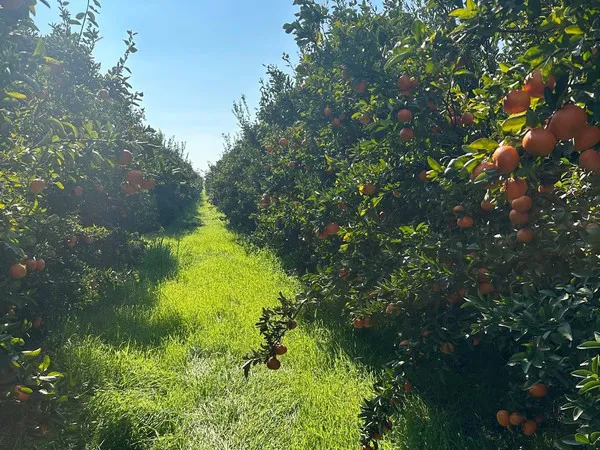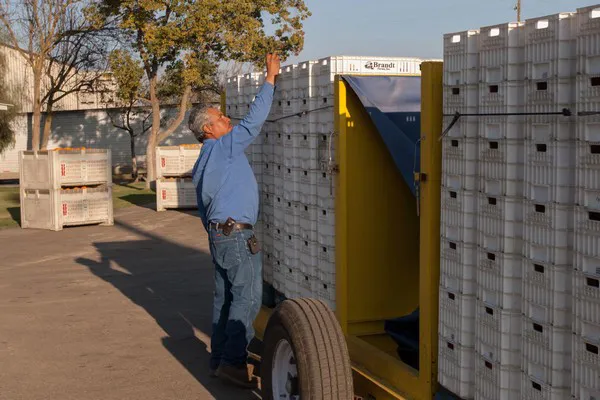Mandarin supplies look to be quite ample coming out of California. “It seems like industry-wide there’s a pretty heavy crop and now with the rain and the abundance of the crop on the tree, it’s moving kind of sluggishly in the marketplace,” says Dieter Schellenberg of Schellenberg Farms.

There are two factors contributing to the supplies, the first being pre-bearing acreage in the ground that has finally come into production. “We’ve seen more and more planted over the past several years but it’s really hitting this year,” he says. “The other part is that older trees can fall into an alternate bearing pattern and push a very heavy crop one year and then produce a very light crop the next year. The variety of mandarin, the W. Murcott, tends to do that. Everyone with trees over a certain age seems to have that issue and it does change the amount of fruit in the marketplace that year.”
Longer season
With the crop being harvested slower than usual in mid-February, the season could run longer. Schellenberg hoped to ship into late April but now says it’s looking like there could be fruit on the trees longer this year. Seasonal rain has also contributed to that. “The rain has halted harvest for a lot of growers in regions where the soil is heavy and maintains moisture for a long time,” he says. “At the same time, harvest delays can help clean things up in the marketplace as shippers can only hold so much in cold storage.”

Indeed, demand has been slower than in other Februaries. “It’s usually better than what we’re seeing now and I don’t know why that is. Is it consumers tightening their belts and not spending money on premium citrus or maybe it’s a competitive marketplace? I’m not sure,” he says.
Although the demand is starting to strengthen slightly recently, pricing is maintaining lower-than-normal levels. “I don’t think that will shift this season. There’s just too much out there,” Schellenberg says. “I don’t think it’s going to change until there is something that affects the industry-wide crop such as a freeze. That can really change availability enough to shift the demand curve.”
 For more information:
For more information:
Dieter Schellenberg
Schellenberg Farms
Tel: +1 (559) 638-7292
www.schellenbergfarms.com
